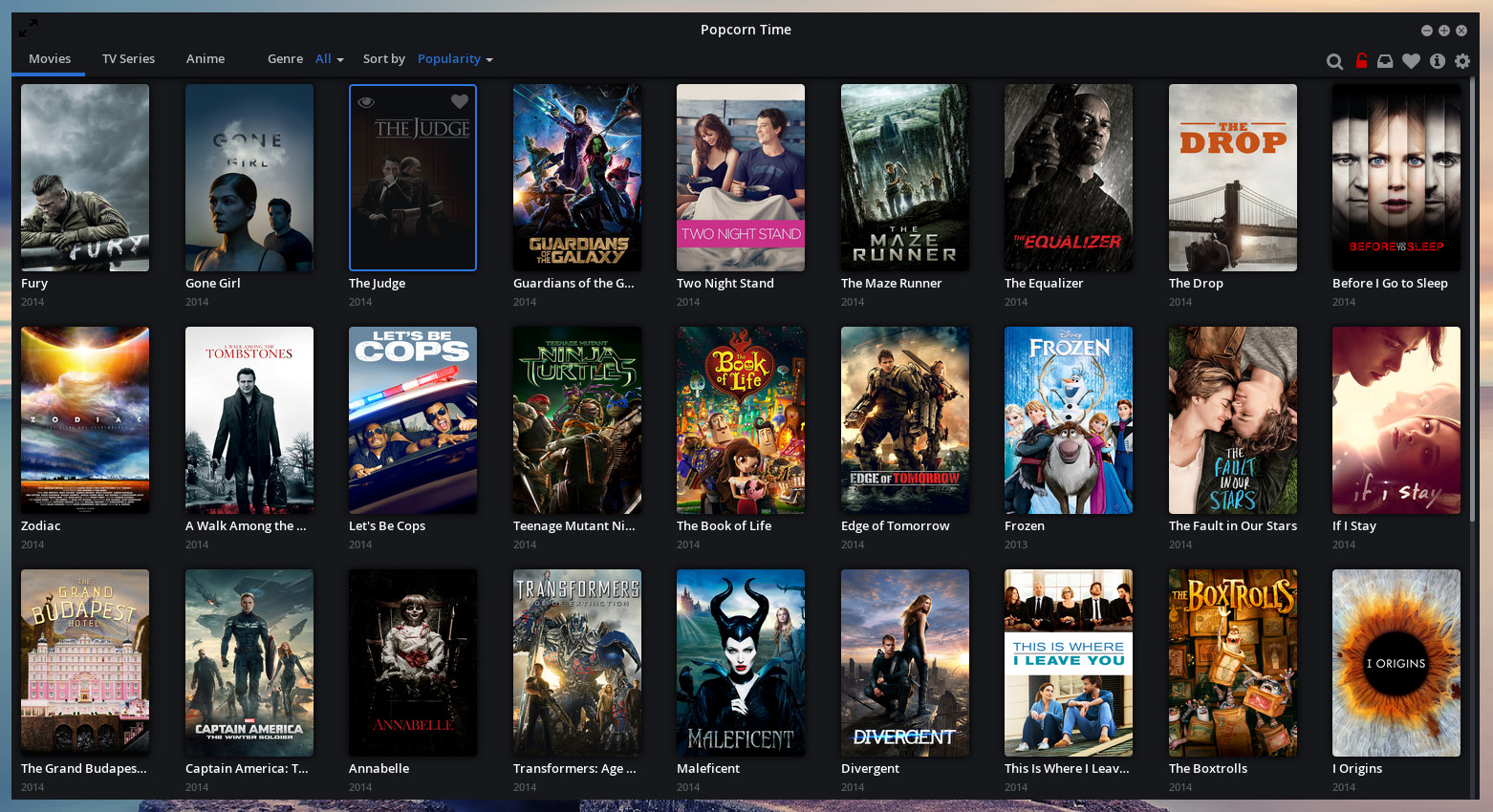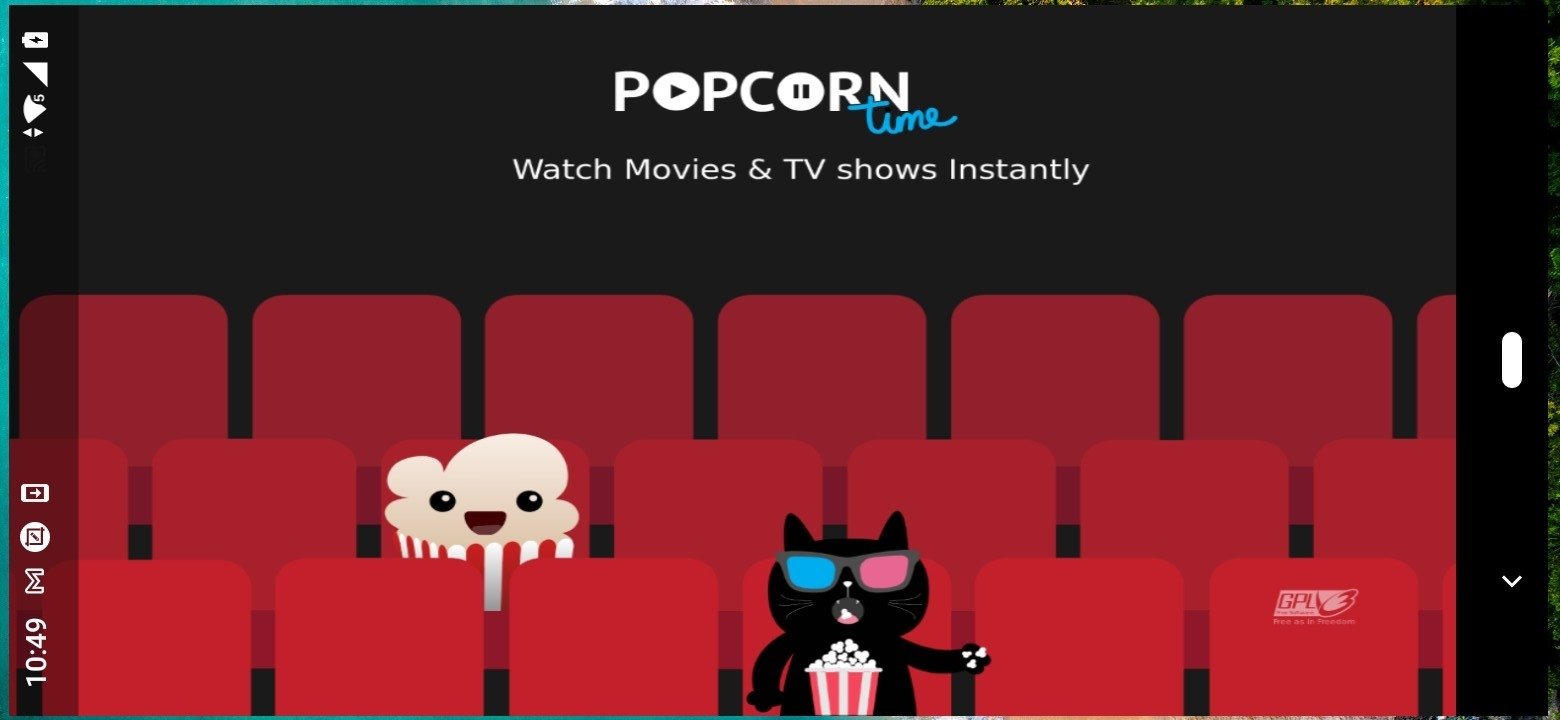


The ears are stripped from the stalk, and the kernels are shelled from the cob in the combine.

Typically, a combine is used to harvest the popcorn. The popcorn is ready to harvest when the kernels become hard and the stalk and leaves of the plant are brown and dry. After successful fertilization, a kernel develops and the silk detaches. The pollen travels down a small tube in each silk and fertilizes the ovule at the base. The ears form silks that catch the pollen as the wind blows. The pollen is located in the tassels at the top of the plant. The plant can grow to about 8 feet high and produce ears of corn covered in a green husk. Popcorn is a type of maize (corn) scientifically known as Sea mays everta. There are five different types of corn-sweet corn, popcorn, dent (field) corn, flour corn, and flint corn-but only one kind that pops.popcorn! Popcorn seeds are planted in the spring and take 7-10 days to germinate.
Popcorn time ag full#
Imagine 10.5 gallon milk containers full of popcorn for every person in the United States. That's a lot of popcorn! The majority of the popcorn consumed worldwide is grown in the Corn Belt of the United States covering Iowa, Illinois, Indiana, southern Michigan, western Ohio, eastern Nebraska, eastern Kansas, southern Minnesota, and Missouri. 3 13 billion quarts averages out to about 42 quarts (40 L) or 10.5 gallons per person. Cortez noted this in 1519 when he came into contact with the Aztecs, who used it to create exquisite decorations like ceremonial headdresses, necklaces, and ornaments on statues.Īmericans today consume 13 billion quarts of popcorn each year, more than any country in the world. 2 Native tribes from North and South America relied on popcorn as an important food staple but also used it as a decoration. In fact, the oldest ears of popcorn ever found were discovered at Bat Cave in west central New Mexico and are thought to be around 5,600 years old. Just because it's called a "New World" food doesn't mean it's very new at all. Popcorn is a "New World" food-it originated in the Americas and was unknown in the Eastern continents until after the voyage of Columbus. For more information about phenomena storylines visit. Other lesson plans in the National Agricultural Literacy Curriculum Matrix may be used as episodes to investigate student questions needing science-based explanations. In this episode, students investigate the question, "How does popcorn pop?" Keep in mind that phenomena-based lessons include storylines which emerge based upon student questions. This lesson is easily nested into a storyline as an episode exploring the phenomenon of popcorn popping. Nutrition labels from various snack foods.*These items are included in the Get Popping! Kit, which is available for purchase from.



 0 kommentar(er)
0 kommentar(er)
